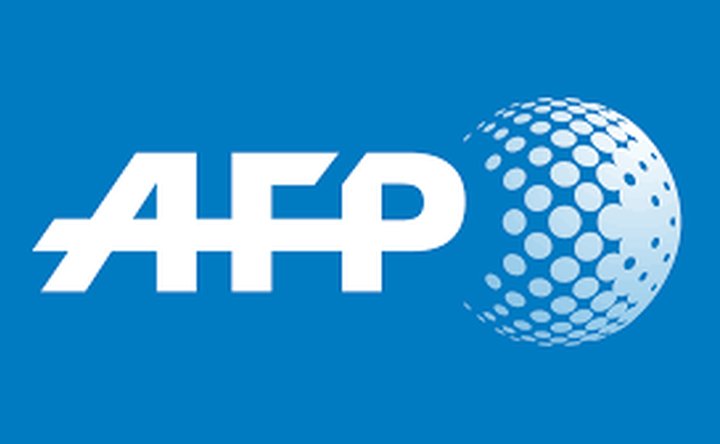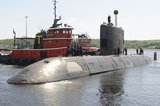Saudi agrees joint venture with French firm to boost navy
Saudi Arabia's state arms producer and a French government-majority firm signed an agreement on 17 February 2019 on a joint venture to boost the kingdom's navy, amid calls to halt weapons sales to Riyadh over its role in Yemen.
The memorandum of understanding between Saudi Arabian Military Industries (SAMI) and France's Naval Group is aimed at providing the oil-rich Gulf state's navy with ‘state-of-the-art systems’, a statement said.
‘Through design, construction, and maintenance activities, the joint venture will contribute significantly to further enhancing the capabilities and readiness of our Royal Saudi Naval Forces,’ SAMI boss Andreas Schwer said.
A spokeswoman for Naval Group - which is owned by the French state and French multinational giant Thales - refused to give any more details.
French lawmakers and rights groups have repeatedly called on France's government to suspend all arms deals to Riyadh because of the war in Yemen, where some 10,000 people have been killed since a Saudi-led coalition intervened in 2015.
Riyadh is battling on the side of the internationally recognised government against Iran-aligned Huthi rebels, in a conflict that has seen all sides accused of potential war crimes.
The US House of Representatives this week voted overwhelmingly to end American involvement in Saudi Arabia's war effort in neighbouring Yemen, dealing a rebuke to President Donald Trump and his alliance with the kingdom.
France, one of the world's biggest arms exporters, has sold equipment to Riyadh and fellow coalition member the UAE - notably Caesar artillery guns and ammunition, sniper rifles and armoured vehicles.
OPEC kingpin Saudi Arabia has been one of the world's top arms buyers for the past several years.
But in 2017, the kingdom's Public Investment Fund set up SAMI to manufacture arms locally with the fund expecting it to become one of the world's top 25 defence companies by 2030.
Naval Group - which was previously called DCNS - has been embroiled in a long-running graft scandal over the 2002 sale of two Scorpene submarines to Malaysia for $1.2 billion. The submarine maker is alleged to have paid more than €114 million ($128 million) in kickbacks to a shell company linked to a close associate of ousted Malaysian leader Najib Razak.
A French investigation launched in 2010 has already led to four French executives involved in the deal being charged. They all deny wrongdoing.
More from Naval Warfare
-
![Thales wins DE&S contract for portable autonomous command centres]()
Thales wins DE&S contract for portable autonomous command centres
The agreement to provide portable autonomous command centres to the UK Royal Navy will enhance the service’s Mine Counter Measure operations and further integrate autonomous and uncrewed systems into its fleet.
-
![Maritime defence in the Mediterranean faces challenges from vulnerable land power]()
Maritime defence in the Mediterranean faces challenges from vulnerable land power
As an indispensable energy crossroads, the Mediterranean is at serious risk from grey zone disruption. As navies increasingly employ AI data centres, what happens when cutting-edge defence technologies rely on the very infrastructure most susceptible to hybrid tactics?
-
![US Navy to conduct an experimentation campaign with emerging tech in 2026 and 2027]()
US Navy to conduct an experimentation campaign with emerging tech in 2026 and 2027
The Technology Operational Experimentation Events will inform future requirements as the US Navy looks for innovative solutions across three key operational domains.
-
![Future Canadian Continental Defence Corvette will provide “Halifax-equivalent capabilities”]()
Future Canadian Continental Defence Corvette will provide “Halifax-equivalent capabilities”
Although the CDC project is still in its early stages, the Canadian Department of National Defence already has some requirements for the future platforms.
-
![US Navy to acquire micro-uncrewed underwater vehicles for ISR and coastal data collection]()
US Navy to acquire micro-uncrewed underwater vehicles for ISR and coastal data collection
The Naval Supply Systems Command is seeking authorised resellers of JaiaBot uncrewed underwater vehicles and multivehicle pods. The platforms will support undergraduate education at the US Naval Academy.






















